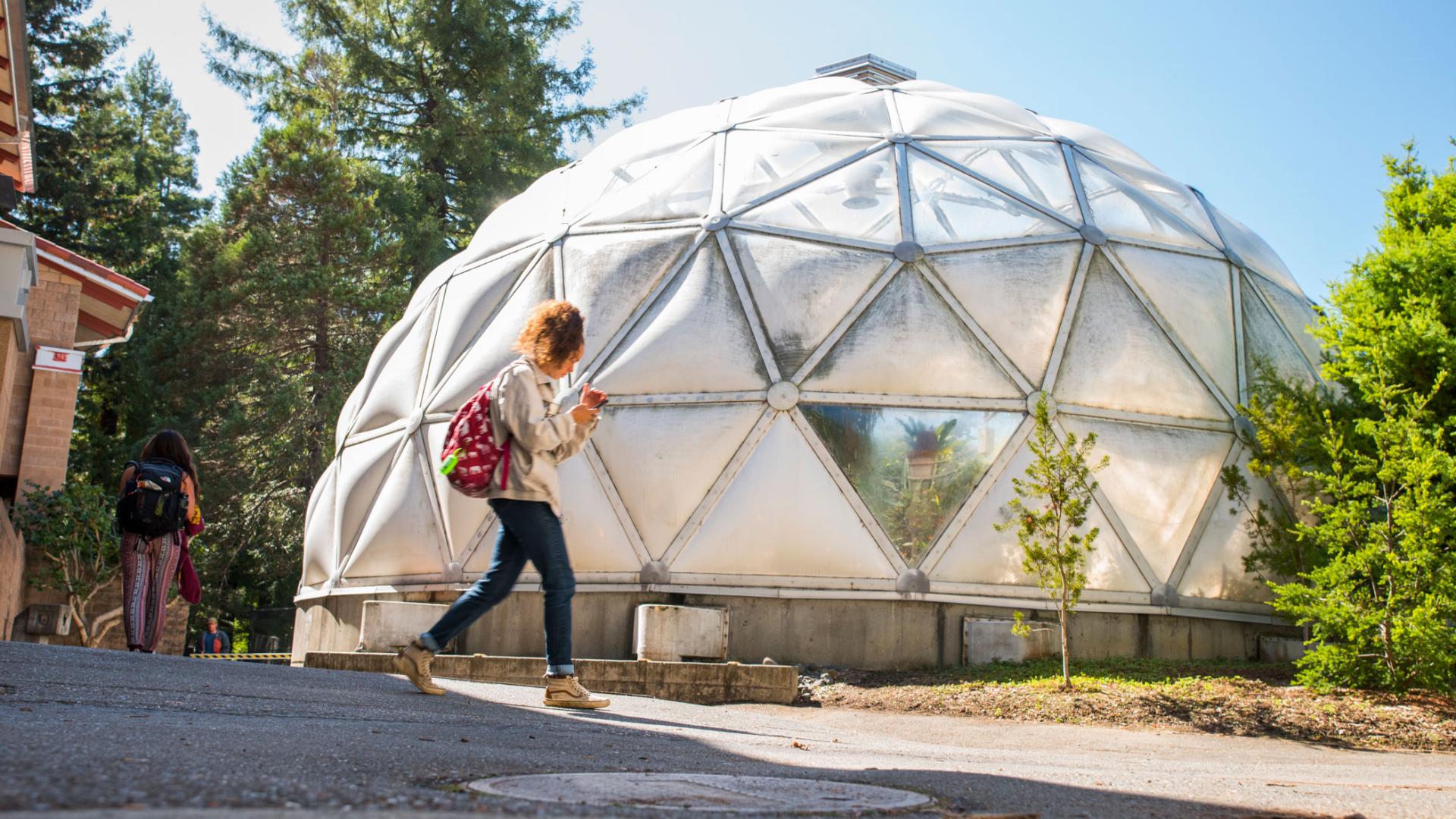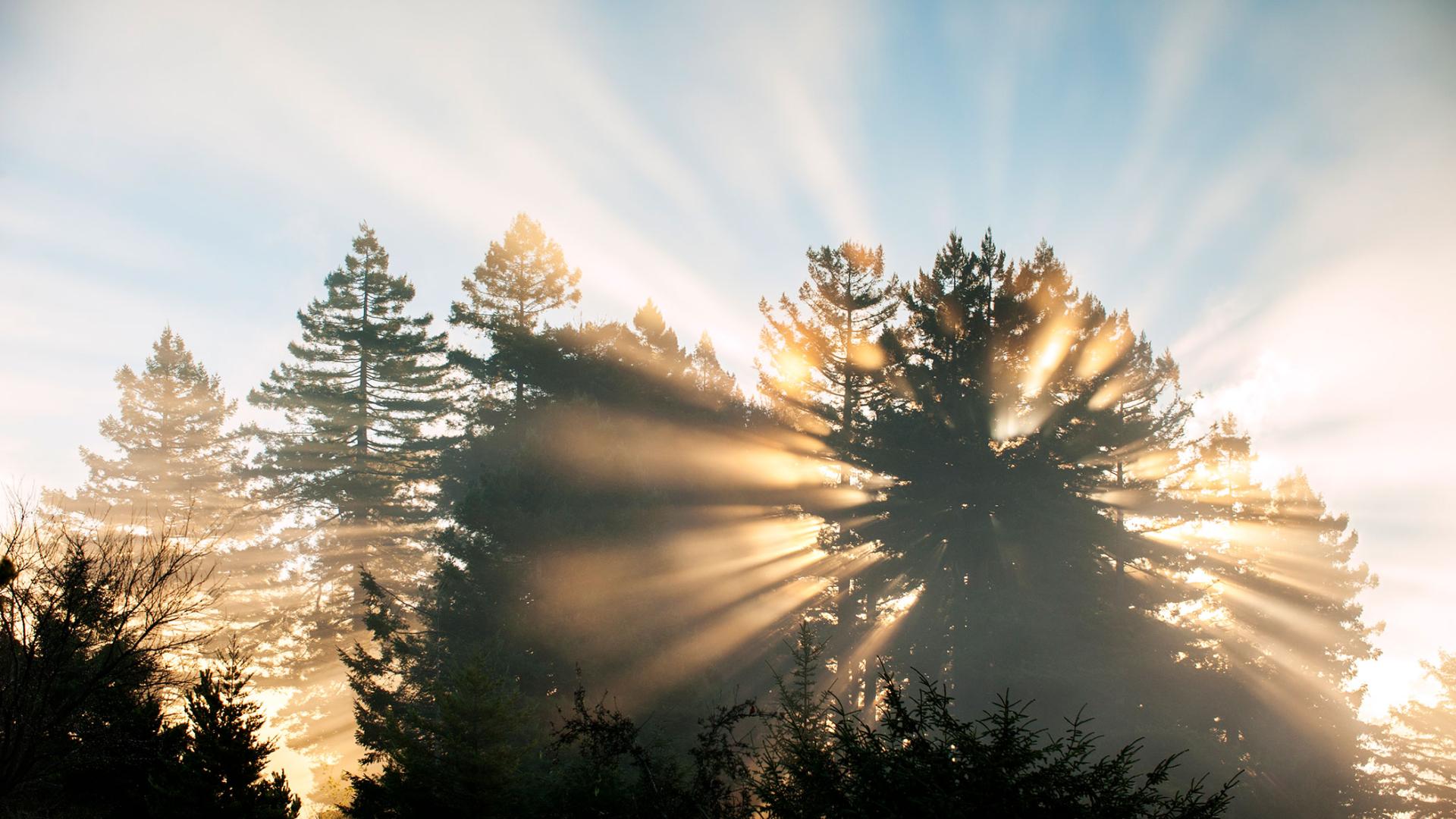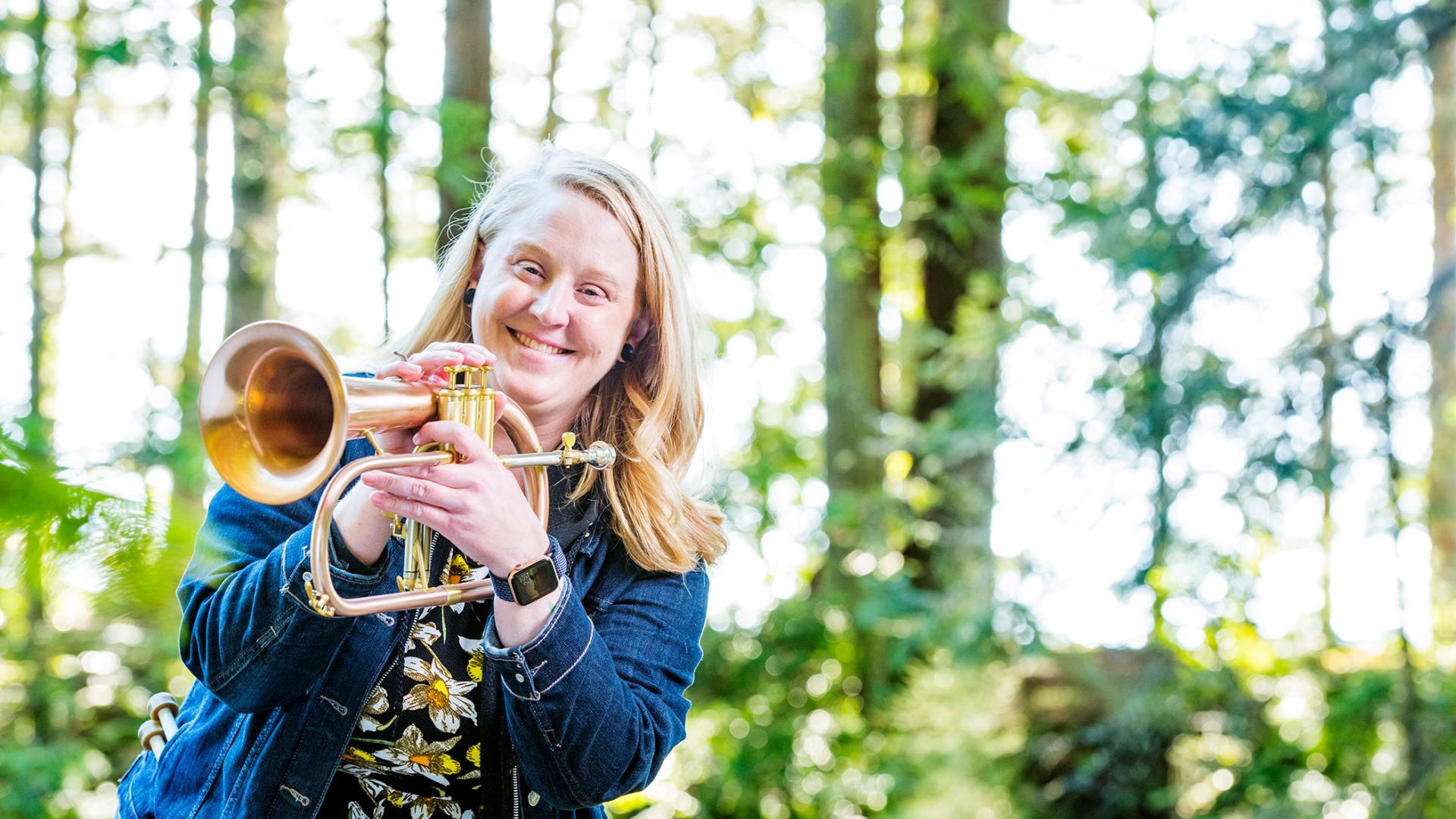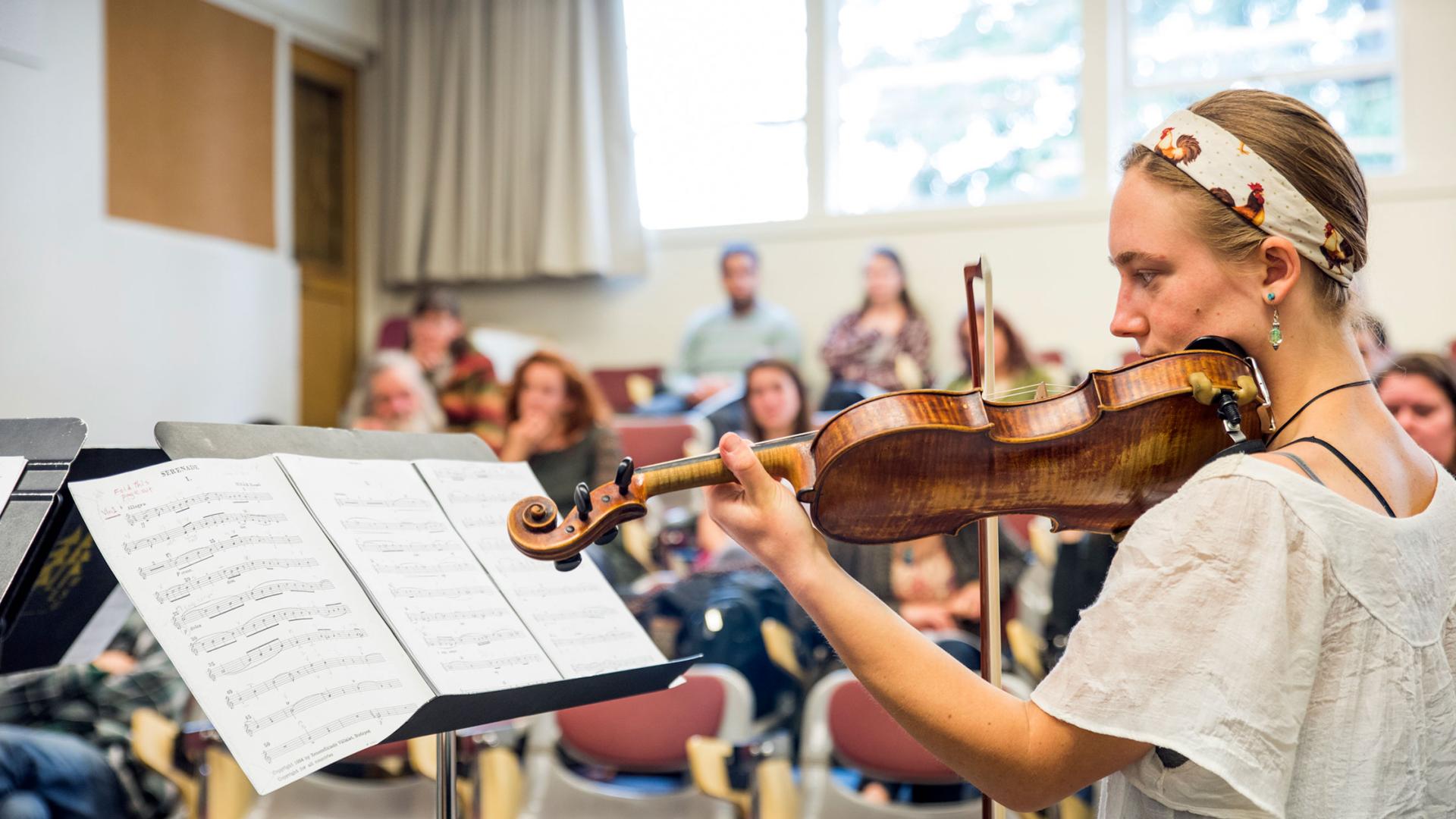Kristin Brzeski
Breadcrumb

Advisor
Micaela Szykman GuntherKristin Brzeski, 2010
Thesis:
Destiny Saucedo
Breadcrumb
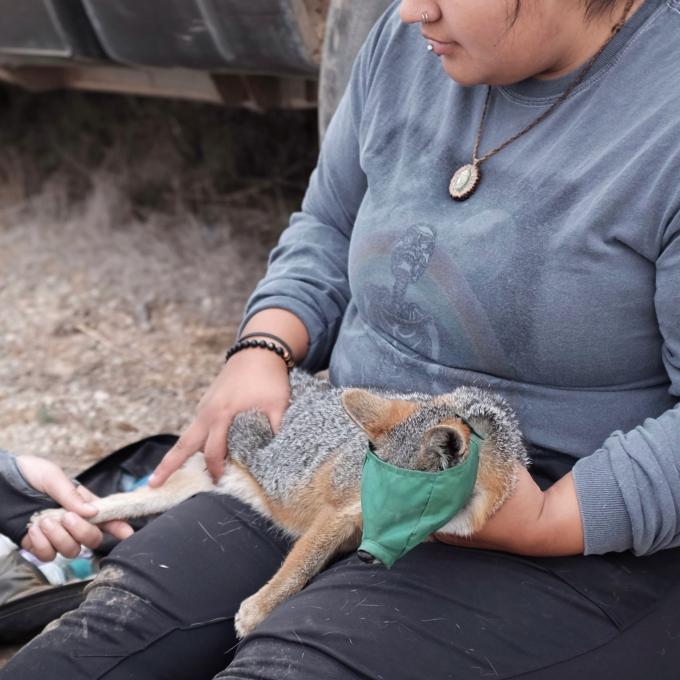
Advisor
Micaela Szykman GuntherDestiny Saucedo,
Thesis:
Destiny is investigating survival rate and causes of mortality in island fox pups on San Clemente Island. Island foxes are vulnerable to extinction due to their restricted distribution and population sizes, therefore understanding population characteristics of this vulnerable species is critical for designing effective management to maintain stable populations. Through her research, Destiny hopes to collect data that could contribute to the management decisions needed to minimize and mitigate impacts to this species.
Jordan Stevens
Breadcrumb
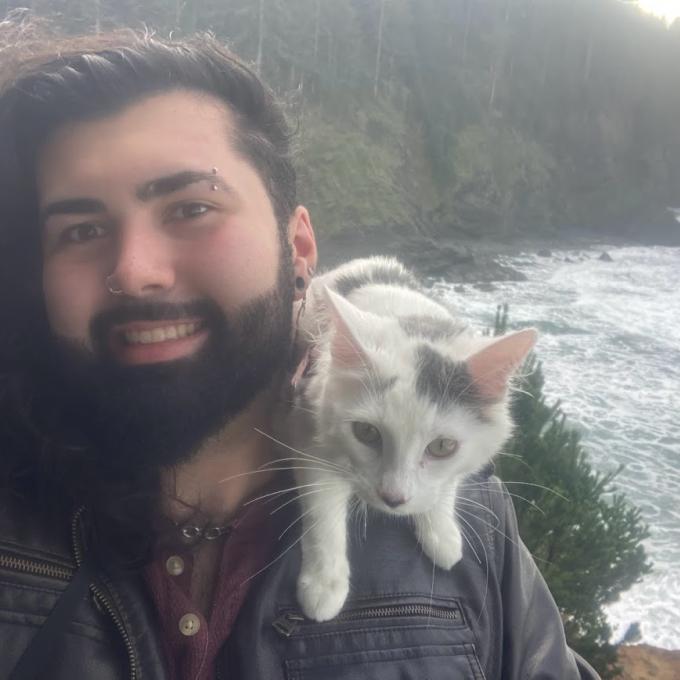
Advisor
Micaela Szykman GuntherJordan Stevens,
Thesis:
Jordan is surveying Humboldt marten prey species through a combination of live trapping and spot mapping, in order to assess their abundances prior to restoration in Redwood National and State Parks. He intends to explore potential correlation between prey abundances, mesocarnivore activity, and habitat characteristics such as understory vegetation and woody debris.
Jackie Killam
Breadcrumb
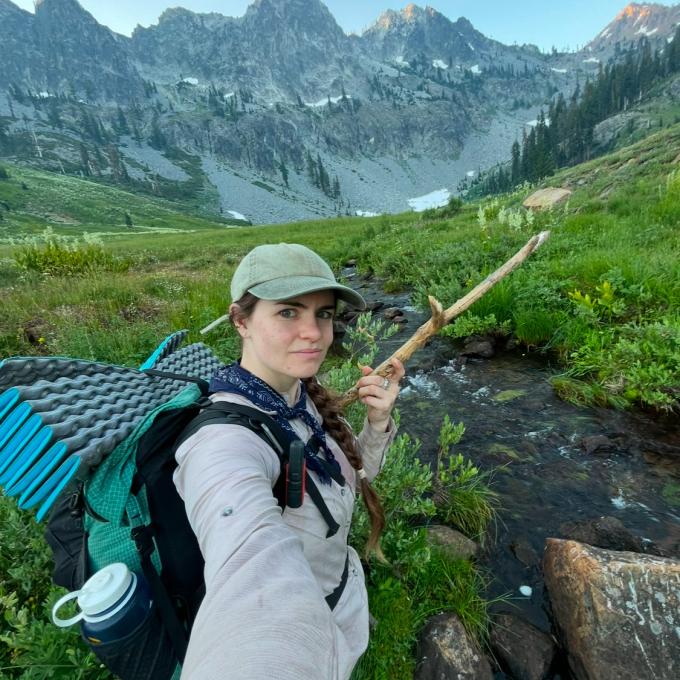
Advisor
Micaela Szykman GuntherJackie Killam,
Jackie is working with the Yurok Tribe to evaluate the Humboldt marten population on Yurok current and ancestral territory.
Brielle Jaglowski
Breadcrumb
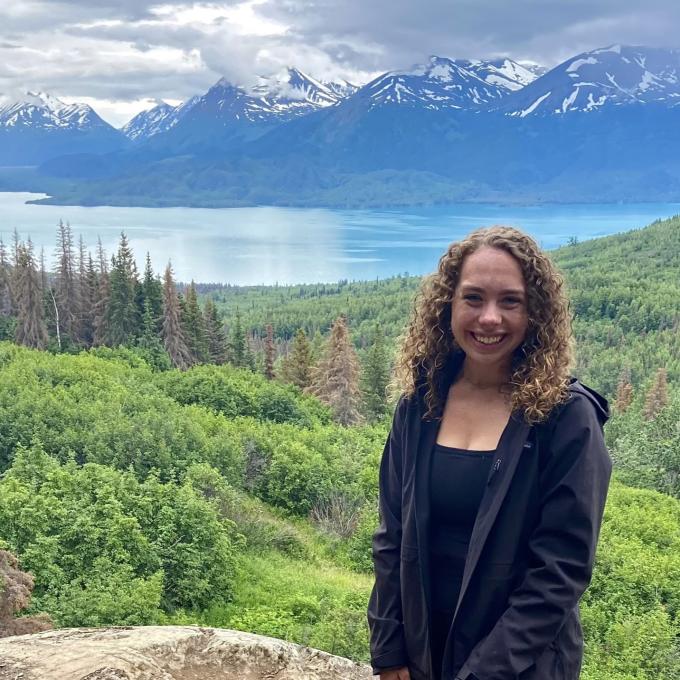
Advisor
Micaela Szykman GuntherBrielle Jaglowski,
Thesis:
Teresa King
Breadcrumb

Advisor
Mark ColwellTeresa King, 2016
Thesis:
Alexis Dejoannis
Breadcrumb

Advisor
Mark ColwellAlexis Dejoannis, 2016
Thesis:A description of pre-alternate molt in snowy plovers.
Sydney McCluskey
Breadcrumb
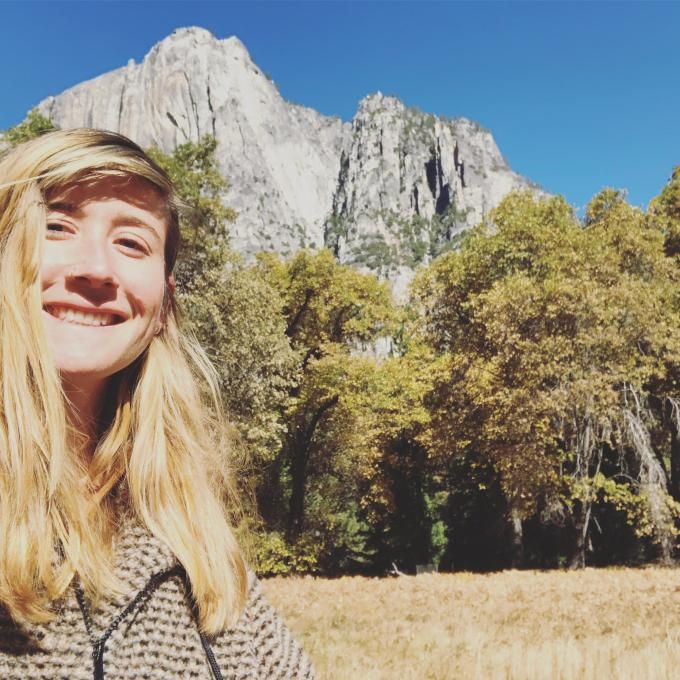
Advisor
Barbara ClucasSydney McCluskey, 2024
Thesis:
ABSTRACT: Small mammal species play a critical role in forest ecosystems contributing significantly to overall forest biodiversity and ecological dynamics. Forest-dwelling species are among the most vulnerable to habitat loss and fragmentation. It is essential to develop efficient techniques for monitoring small mammal populations in forested ecosystems to inform conservation efforts and management plans; yet, monitoring small mammals in these habitats can be particularly challenging due to their size, activity patterns, and frequently nocturnal nature. In this study, I aimed to address two primary research objectives: 1) compare the effectiveness of 3 distinct camera-trap survey techniques (i.e., ground, tree, and tube) with traditional live trapping techniques for monitoring small mammal populations, and 2) elucidate the species composition of small mammals across old- and second-growth forest stands. Additionally, I assessed the effectiveness of the 3 different camera-trap techniques by comparing species richness and capture rates between methods. Surveys were conducted in 6 study areas within old- and second-growth coast redwood (Sequoia sempervirens) stands (3 areas within each stand type) from June to September 2020 in Headwaters Forest Reserve in northwestern California. Camera-trap methods recorded greater small mammal diversity (77% of total known species) compared to live-trap methods (46% of total known species), and also demonstrated significantly higher capture rates. Cameras also proved to be more cost-effective in the long term, reducing both labor and ethical costs compared with live-trap methods. A total of 10 small mammal species were detected by cameras out of the 13 known species during this study. Ten species were detected in second-growth stands and 8 species were detected in old-growth stands, with most species revealing an increase of “activity” (higher number of independent detections recorded) in old-growth stands. The tube camera method captured the greatest species richness (n = 10 species), followed by the tree method (n = 9 species) and ground method (n = 7 species); however, there was no significant difference in capture rates between camera methods. Capture rates were substantially different between live- and camera-trap methods, with more than 35 times the number of detections with camera-trap techniques. Camera-trap methods also detected more species (n = 10) compared with live-trap methods (n = 6). Findings from this study indicate that camera-trap techniques are more effective for detecting small mammal species in redwood forest ecosystems compared with live-trapping techniques, as well as being more cost-effective. This study further validates the efficacy of camera-trap techniques for monitoring small mammal species and deepens our understanding of small mammal ecology in redwood forest ecosystems and can help support informed decision-making for conservation and management strategies in fragmented forest landscapes.
Chad Moura
Breadcrumb

Advisor
Barbara ClucasChad Moura, 2020
Thesis:
Born in the heart of the Silicon Valley in San Jose, California, Chad has always been surrounded by sprawling suburbia that abruptly interfaces with the tall trees and open spaces of the Santa Cruz Mountains. He has always been enthralled with the amount of diversity in flora, fauna, culture, and experiences that California has to offer. In his undergrad, Chad worked as an insect collector, gray whale counter, small mammal trapper, and raccoon latrine finder. After UCSB he moved up to Humboldt and worked with California Department of Fish and Wildlife as a coho and chinook salmon redd surveyor, CRFS sampler, and he even did a stint back in the Bay Area with the Santa Clara Valley Water District as a Biologist for their Stream Maintenance Program. It was back in Santa Clara County where he realized his fondness for urban ecosystems and the hardy species that are able to exploit them. Currently Chad is working in California's Central Valley and the Sacramento Metropolitan Area using camera traps to investigate how mammalian mesopredators (coyotes, raccoons, skunks, opossums, and domestic cats and dogs) may be shifting their temporal activity patterns across an urbanization gradient (from city center to suburbs to exurban communities and rural farmlands). Further, he is looking into how mesopredator interactions compare between years during and after one of California's major droughts in order to understand how species may respond in future drought scenarios. Chad hopes that his experiences here at Humboldt will help further his drive to understand how humans and wildlife impact each other and how we can best find solutions to mediate the costs of climate change, urban sprawl, and unsustainable land use on our joined ecosystems.
Alon Averbuj
Breadcrumb
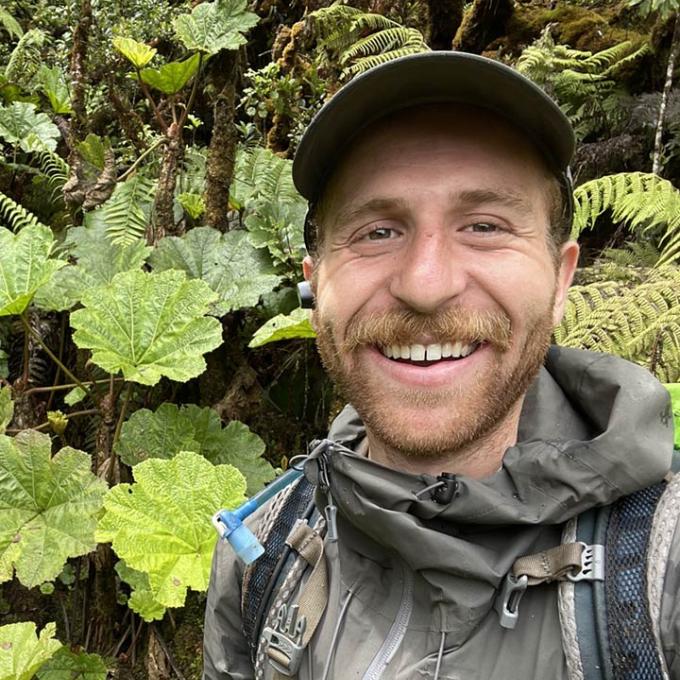
Advisor
Barbara ClucasAlon Averbuj,
Thesis:Spatial Ecology of Ravens
While my family is from Santa Fe, Argentina, I was born in Haifa, Israel. We moved to San Diego, California when I was very young, where I explored the diverse chaparral, marine, and desert ecosystems around me. I fell in love with birds the first time my brother identified a mourning dove by its song. That sparked in me a love for ecology that led me to Cal Poly SLO where I got my degree in biology. My first field work job was studying California condors, bats, and mesocarnivores in central California at the High Mountain Condor Lookout Tower. From there I went to Hawai'i to study endangered honeycreepers and the cryptic thrush, the puaiohi. I spent a year on Kaua'i untangling the messy interactions of numerous invasive species with the native birds and how to best manage their populations. Most recently, I've come from Hood River, Oregon where I worked in the Forest Service managing a plethora of native and invasive flora and fauna. I am thrilled to be here at Cal Poly Humboldt to study ravens and their interactions with snowy plovers all under the lens of GIS analysis. I hope to refine my skills with spatial ecology and learn as much as I can. My zeal for the outdoors leads me to surfing, rock climbing, trail running, and playing many sports like soccer, ultimate frisbee, and volleyball! I also love to embroider in my free time.


